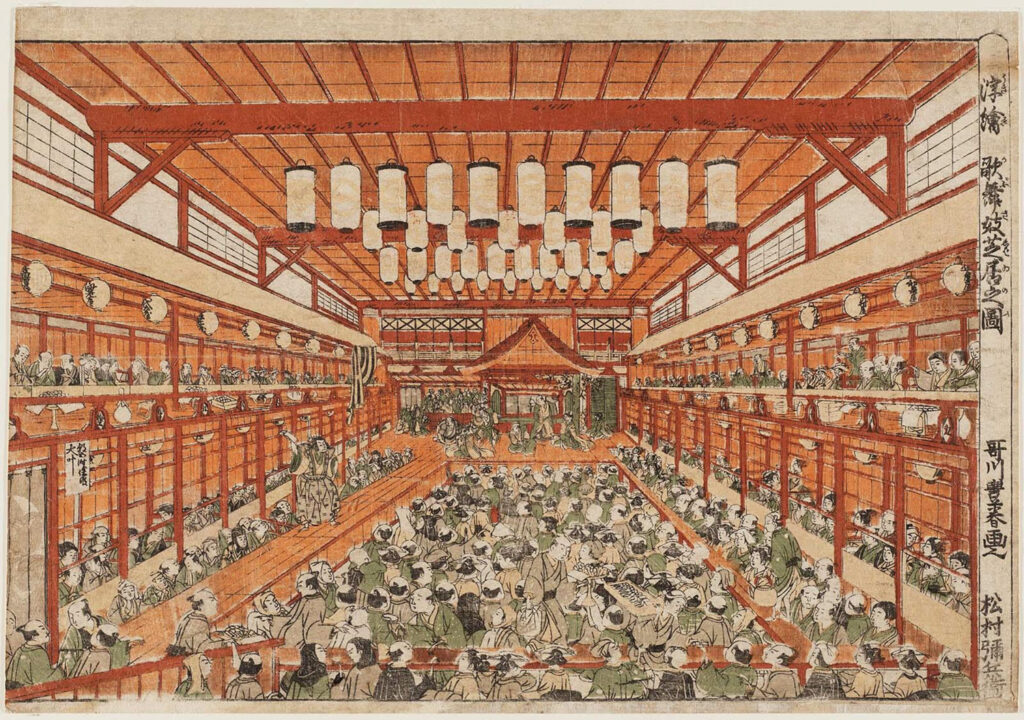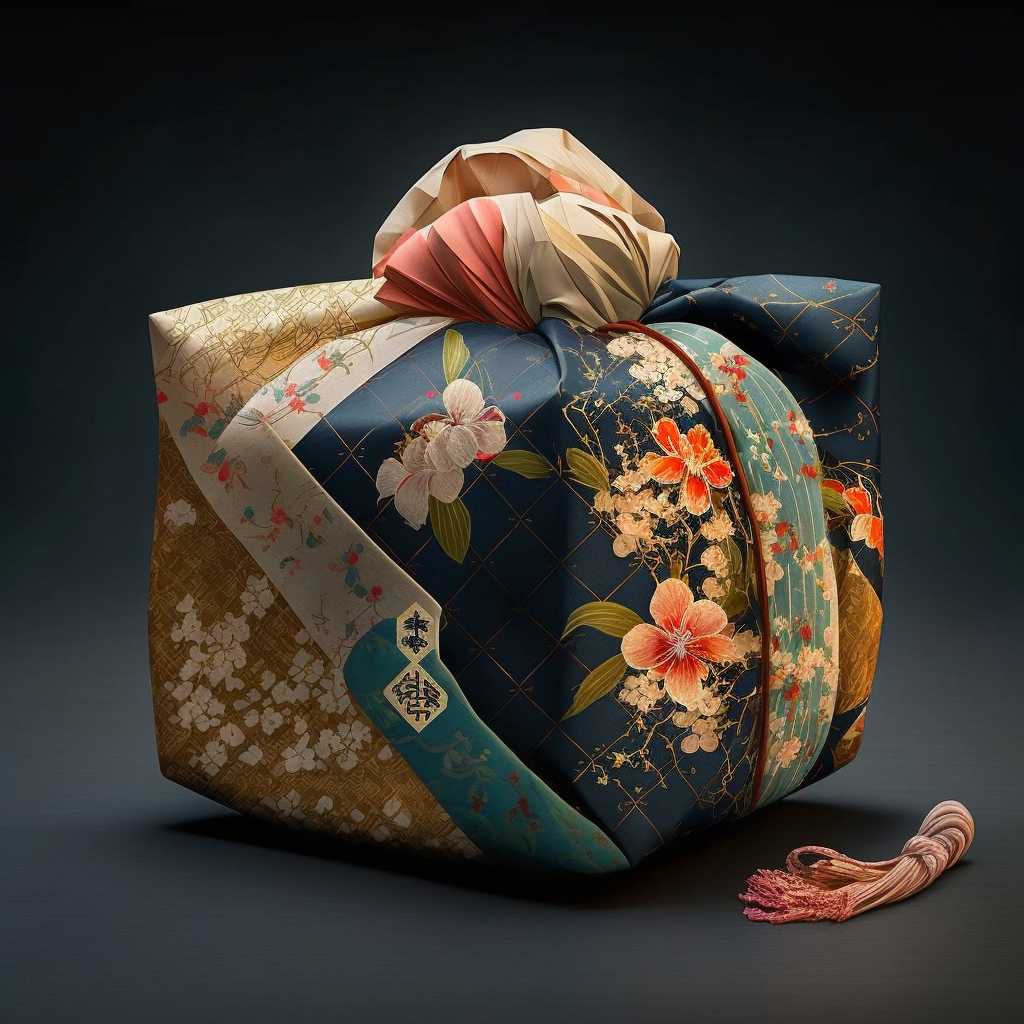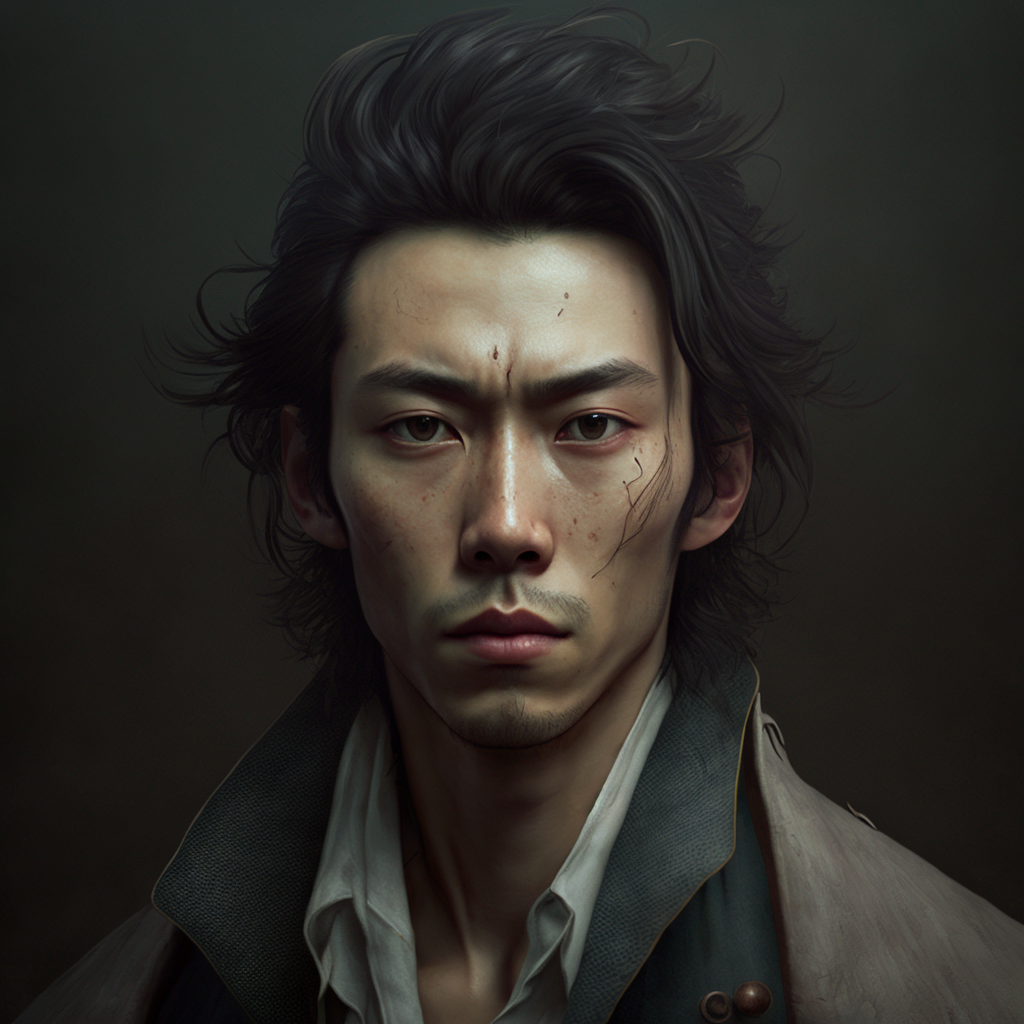The art of Japanese prints, known as ukiyo-e, has enjoyed considerable popularity around the world over the last few centuries. Among the many forms of ukiyo-e, uki-e prints have a special place because of their three-dimensional representation.
Uki-e prints were developed from traditional ukiyo-e prints in the early 19th century. Ukiyo-e artists began to add European perspective techniques to their images, creating more realistic three-dimensional scenes. Uki-e prints were particularly popular with urban dwellers, who appreciated the way the realistic images enabled them to visualize scenes from everyday life.
Uki-e prints were often used to depict scenes of urban life, such as markets, stores and busy streets. Artists also used this technique to depict scenes from nature, such as landscapes and flowers. Three-dimensional images enabled artists to create a sense of depth and movement in their works.
One of the most interesting aspects of uki-e prints is their complex engraving technique. Artists used wooden blocks to create motifs, using different colors for each block. The colors were applied to the block with a brush, then pressed onto paper to create the final image. This technique required great skill and precision, as each block had to be precisely aligned to create a three-dimensional image.
Uki-e prints had a major influence on Western art, particularly the French Impressionists. Artists such as Claude Monet were inspired by the perspective and color techniques of uki-e prints, and incorporated these techniques into their own works.
Today, uki-e prints have become prized collectors’ items, and are exhibited in museums around the world. The beauty and complexity of these three-dimensional images continue to inspire artists and art lovers the world over.



